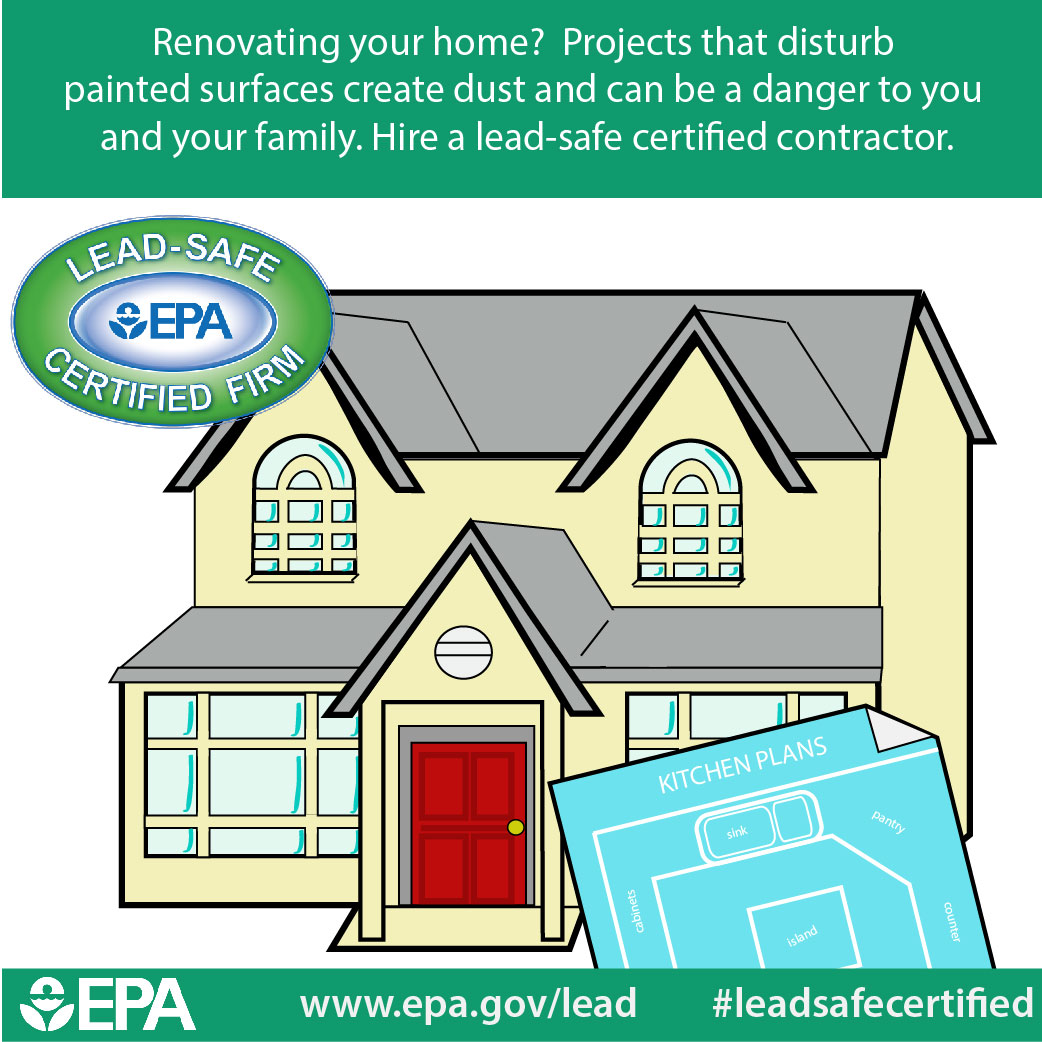The Influence Of Weather On Your Industrial External Painting Project Is Profound-- Discover Just How It Can Either Boost Or Weaken Your Results
The Influence Of Weather On Your Industrial External Painting Project Is Profound-- Discover Just How It Can Either Boost Or Weaken Your Results
Blog Article
Content Writer-Duke Turan
When you're planning a business outside painting task, do not take too lightly the influence of climate on your outcomes. You need to consider aspects like temperature, moisture, and precipitation, as they can make or damage your paint work. As an example, did you recognize that suitable conditions ask for specific temperature ranges and moisture levels? Failing to keep an eye on these elements can result in unequal coatings and even damage to fresh paint. Recognizing these components is vital to attaining a long-lasting, professional end result. So, what certain weather should you watch out for?
Temperature level Considerations
When it pertains to industrial external painting, temperature level plays an essential function in the result of your task. If you're painting in severe heat, the paint can dry also promptly, bring about issues like bad adhesion and irregular coatings. You intend to go for temperature levels in between 50 ° F and 85 ° F for the best outcomes. Below 50 ° F, paint may not cure correctly, while over 85 ° F, you risk blistering and splitting.
Timing your project with the appropriate temperature levels is vital. Begin your job early in the morning or later in the mid-day when it's cooler, especially during hot months.
Additionally, think about the surface area temperature; it can be dramatically higher than the air temperature, especially on bright days. Use a surface thermometer to inspect this prior to you begin.
If temperature levels are uncertain, keep an eye on the weather prediction. Abrupt temperature declines or heat waves can derail your strategies. You don't want to begin repainting only to have the problems transform mid-project.
Moisture Levels
Humidity levels significantly influence the success of your business external painting task. When the humidity is expensive, it can impede paint drying and treating, resulting in a series of concerns like bad bond and finish quality.
If you're intending a task throughout wet conditions, you may find that the paint takes longer to dry, which can expand your project timeline and rise expenses.
On https://www.homesandgardens.com/interior-design/room-color-ideas , reduced humidity can likewise pose difficulties. Paint may dry out as well swiftly, protecting against appropriate application and leading to an irregular finish.
You'll wish to keep track of the humidity degrees very closely to ensure you're functioning within the perfect range, commonly between 40% and 70%.
To obtain the most effective results, think about making use of a hygrometer to measure humidity prior to starting your job.
If you find the levels are outside the optimal range, you might require to adjust your routine or pick paints developed for variable conditions.
Constantly speak with the supplier's guidelines for details suggestions on humidity tolerance.
Precipitation Impact
Rain or snow can considerably interrupt your business outside paint plans. When rainfall occurs, it can wash away newly applied paint or develop an irregular finish. Preferably, you intend to select days with completely dry climate to make certain the paint sticks effectively and remedies effectively. If you're caught in a shower, it's ideal to halt the task and await problems to enhance.
Furthermore, snow can be even more destructive. Not only does it produce a wet surface area, yet it can additionally reduce temperature levels, making it tough for paint to dry. This can bring about concerns like peeling or blistering down the line.
It's critical to examine the weather prediction prior to beginning your project. If rain or snow is predicted, think about rescheduling.
Constantly remember to permit ample drying time between layers, specifically if the weather condition remains unforeseeable.
what is it worth , keeping an eye on the weather is necessary for an effective commercial exterior paint job. By monitoring temperature level, moisture, and precipitation, you can guarantee the most effective conditions for application and healing. Bear in mind to plan your job around desirable climate and always follow maker guidelines. With the right strategy, you'll accomplish a lasting, gorgeous surface that can hold up against the elements. Do not let the weather condition capture you unsuspecting-- remain notified and repaint clever!
